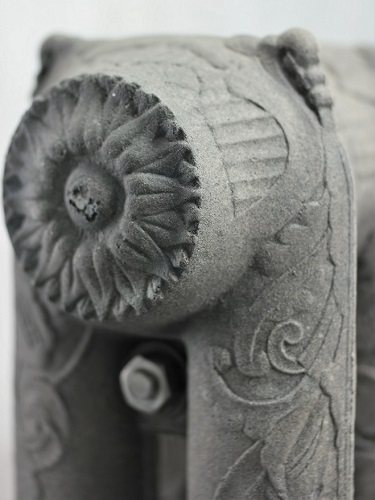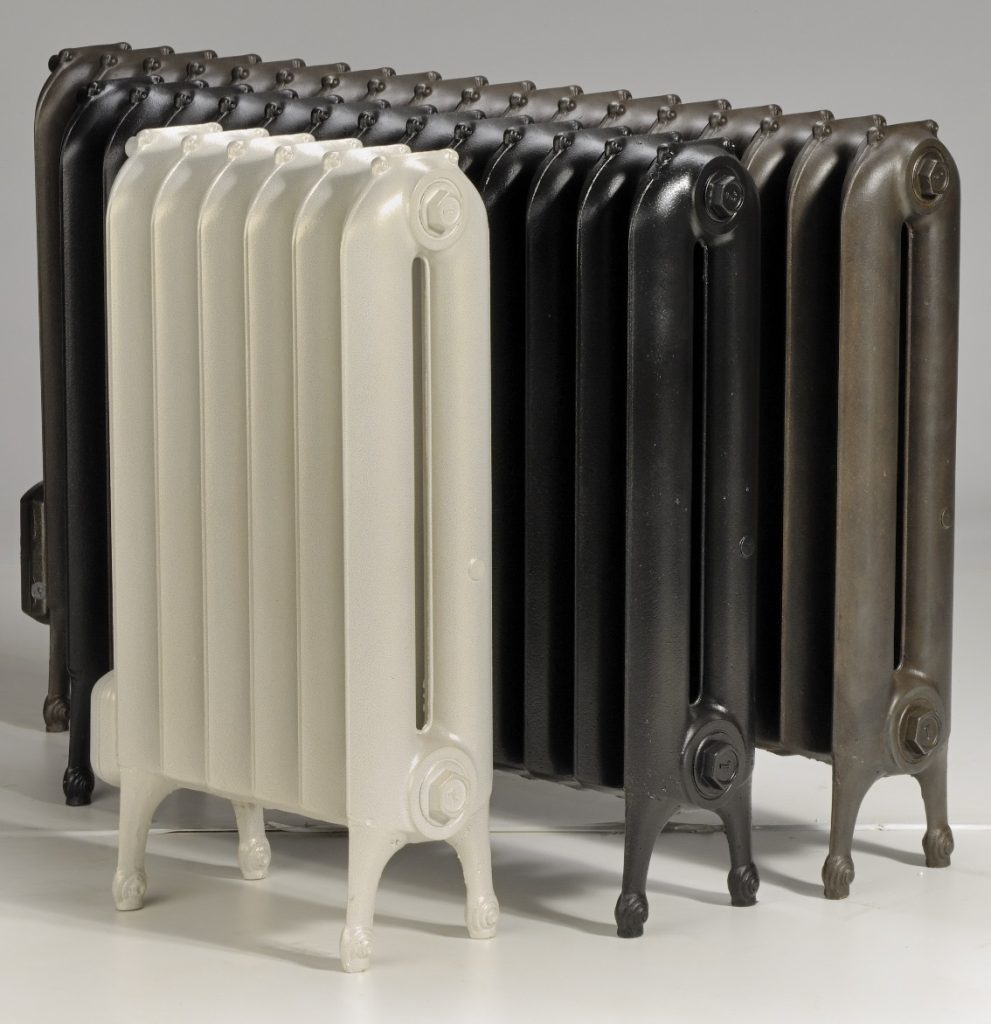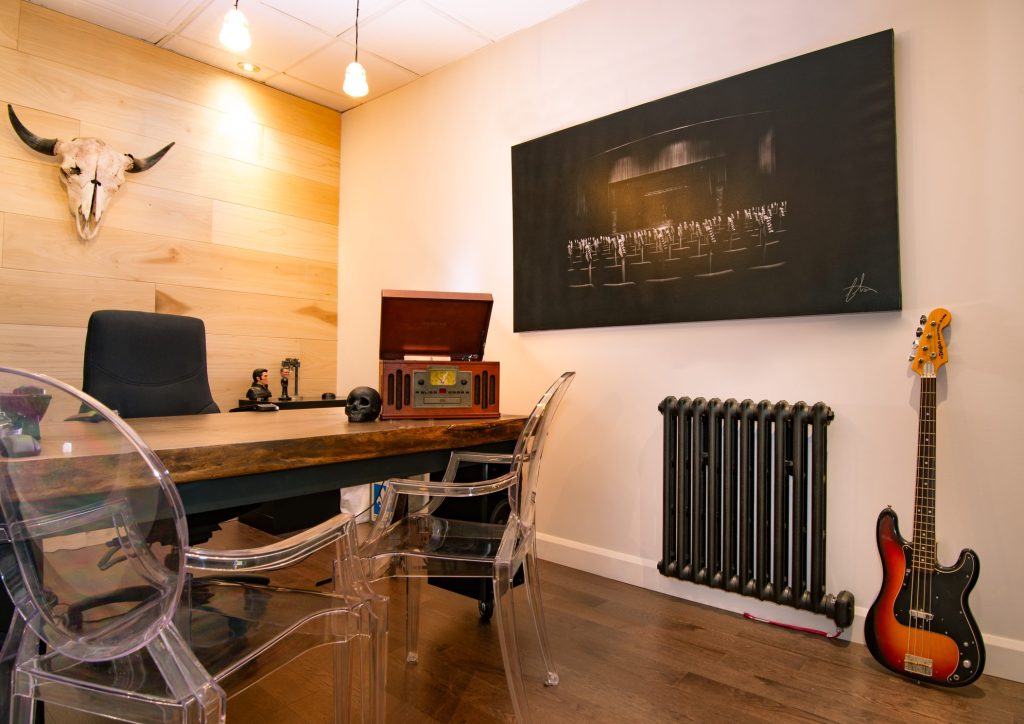In an era where sustainability commands an audience and environmental responsibility is inching closer to the core of consumer choices. Who would have thought the comforting radiators lining historical homes could be such hidden champions of eco-friendliness? Cast iron radiators, often passed through generations, have forged an environmental legacy that’s not only surprising but also profoundly sustainable.
The process of restoring a radiator is akin to reanimating historical characters . With each imperfection tended to, every surface returning to a lustrous shine. These old guardians stand ready to serve for another century. In this post, we will explore the multifaceted environmental benefits that come with the careful restoration of cast iron radiators. And how they emerge as silent but powerful contributors to the sustainability movement.

A Heritage Heated in Efficiency
Introducing a new heating system into a home is inarguably resource-intensive. The manufacturing process alone can exact a significant environmental toll, often overlooked in the quest for modern comfort. This is where the commendable longevity of cast iron radiators shines. They’re not just brimming with historical charm but also embody a level of artisanship that new products struggle to compete with in terms of lifespan.
Restoring an existing cast iron radiator system ensures the preservation of this legacy, while also bypassing the environmental costs associated with the creation of alternative, less durable heating devices. This decision encapsulates the very ethos of sustainability, inviting homeowners to a world where the new-fangled notion of ‘carbon footprint’ seems a tad archaic, thanks to this old-world wonder.
Radiators: Choosing Restoration Over Recycling
While recycling plays a critical role in conservation, it’s not always the most efficient path, especially when compared with restoration. The energy and processes involved in recycling—collecting, processing, and transporting materials can have a substantial carbon footprint. Sometimes negating its environmental benefits. For instance, recycling the average radiator produces about 375 pounds of CO2 equivalent, highlighting the energy-intensive nature of the process.
In contrast, restoration offers a more sustainable alternative, revitalizing existing, durable designs without the extensive carbon output. This approach not only preserves the original craftsmanship but also significantly reduces environmental impact, making these radiators a more eco-friendly and energy-efficient choice for continued use.

The Energy Emission Equation
A lesser-known fact about heating systems is the intrinsic link between a system’s age and its efficiency. Over time, radiators accumulate sludge and layers of paint, diminishing their efficiency. They emit less heat per unit of energy used, impacting both energy efficiency and costs negatively.
Nonetheless, a meticulously conducted restoration can breathe new life into these radiators, returning them to their original efficiency. This rejuvenation allows for a more even distribution of heat, a characteristic feature of cast iron’s excellent conductivity, leading to more efficient energy use. By enhancing the heat output per unit of energy consumed, we significantly reduce household energy consumption and consequently, contribute to minimizing the elusive carbon footprint.
Electricity: A Path to Eliminating Fossil Fuels and Enhancing Savings
The dialogue around restoration isn’t just about aesthetics and energy conservation. It’s fundamentally about adaptability. Many homeowners are transitioning from traditional water-based cast iron heating systems to electric ones. While this might initially appear counterintuitive to environmental efforts, the real advantage lies in the elimination of fossil fuels from their energy source.
As electricity grids move towards cleaner, renewable energy sources, replacing fossil fuels, homeowners who shift to electric heating are not just embracing modern technology. They’re actively participating in an energy transformation. This shift isn’t merely about enjoying modern conveniences. It’s a strategic move to align with a greener, more sustainable energy future, promoting both environmental benefits and personal satisfaction.
Looking Forward and Looking Back
The narrative of radiator restoration isn’t just a story about the past, it’s an account of environmental sensibility that’s highly relevant in the present. It signifies a shift in focus from disposable to durable, from the vision of always acquiring something new to a rediscovery and re-embrace of what we already have.
This is an ode to the venerable cast iron radiators that continue to warm our homes not just with heat, but with stories of a past that respected resources and a craftsmanship that knew no expiration date. They exemplify the profound difference that minor alterations in our daily choices can make to the larger ecosystem.
The opportunity to restore a cast iron radiator is more than a mere renovation; it’s a pledge to uphold tradition in the face of trend. An assertion that in the grand scheme of sustainability, even the smallest notes can compose a powerful melody. And as our gaze lingers on these monuments to eco-consciousness, it’s not just the heat that we feel. It’s the warmth of a shared commitment to a greener, brighter future.

